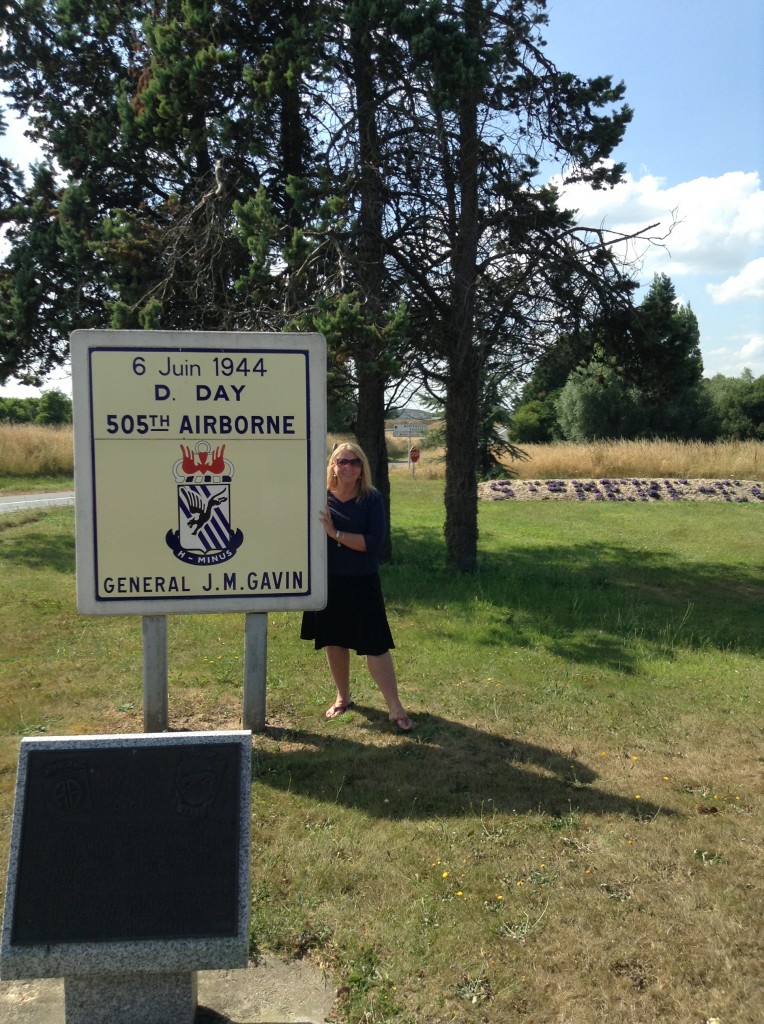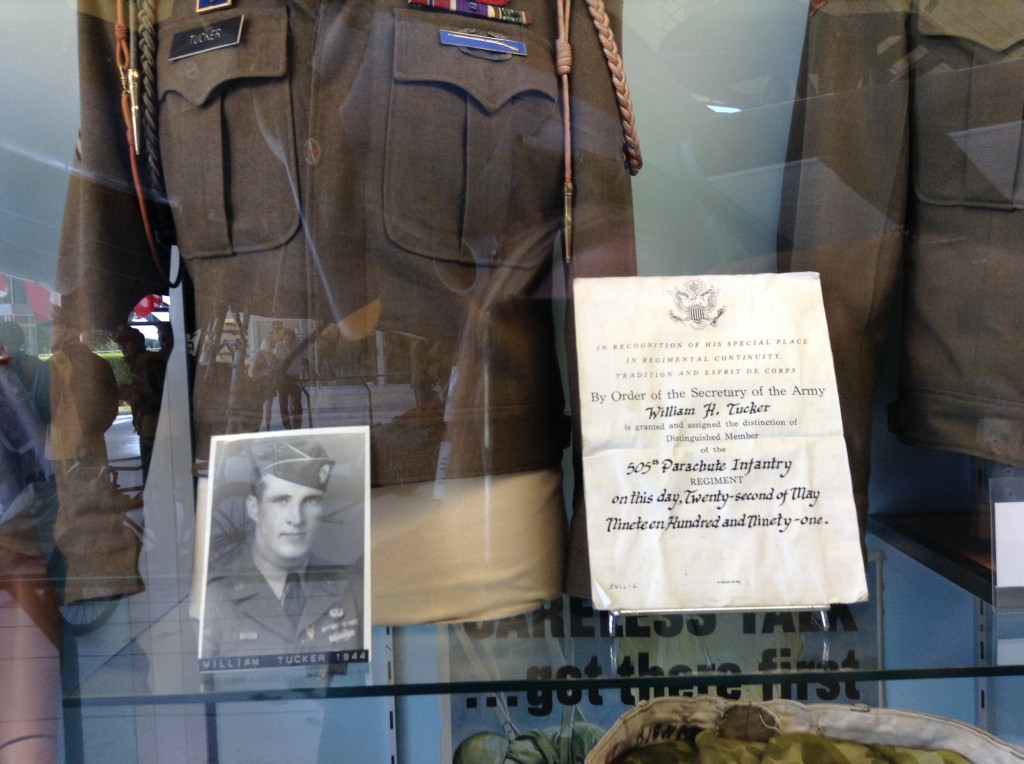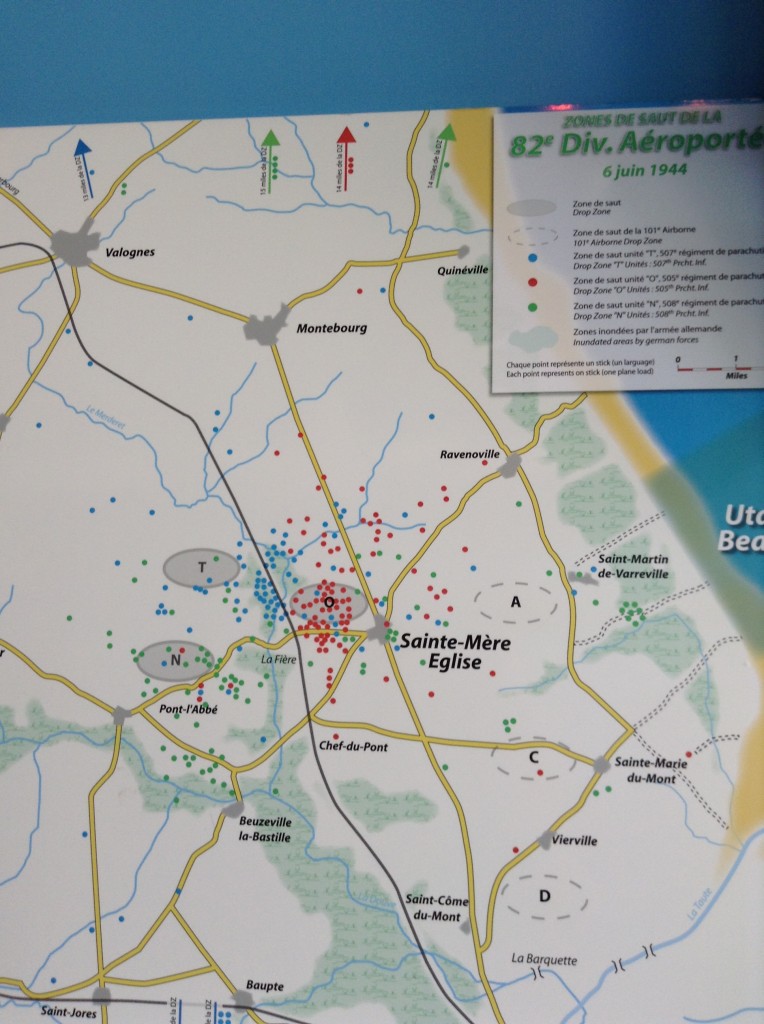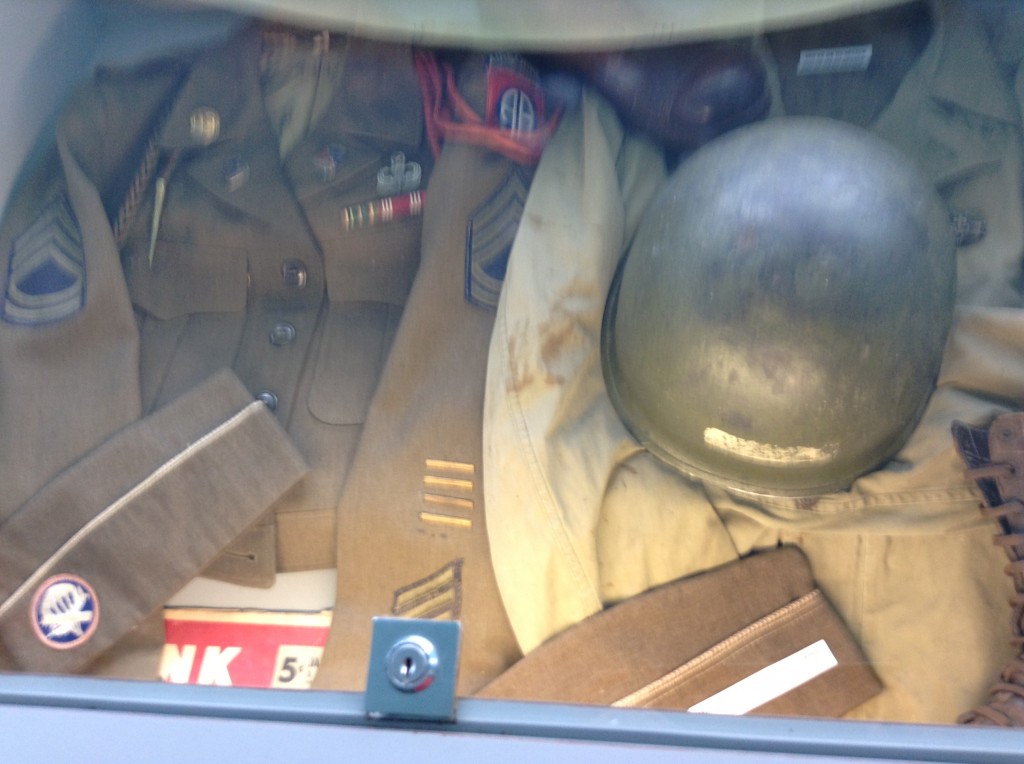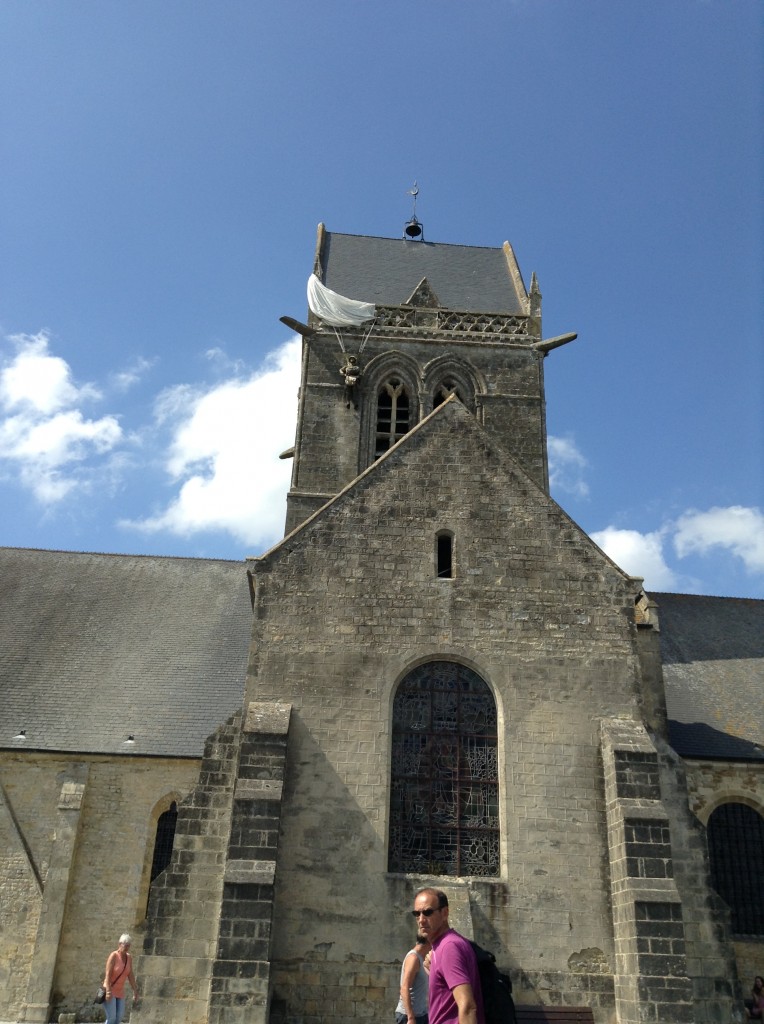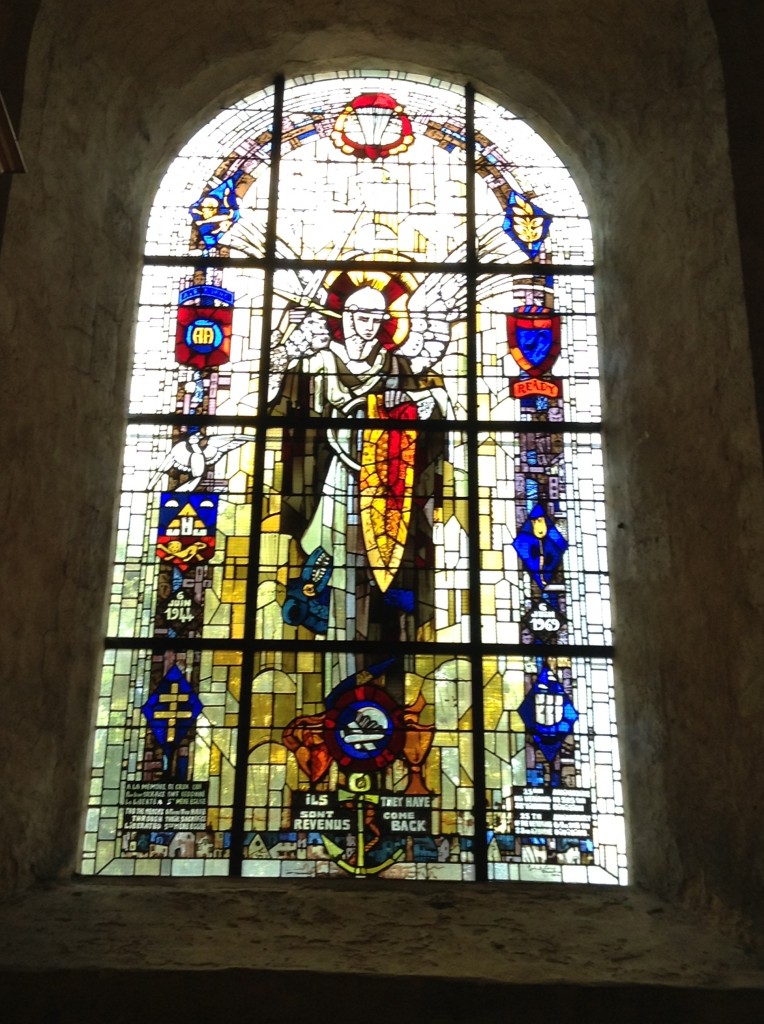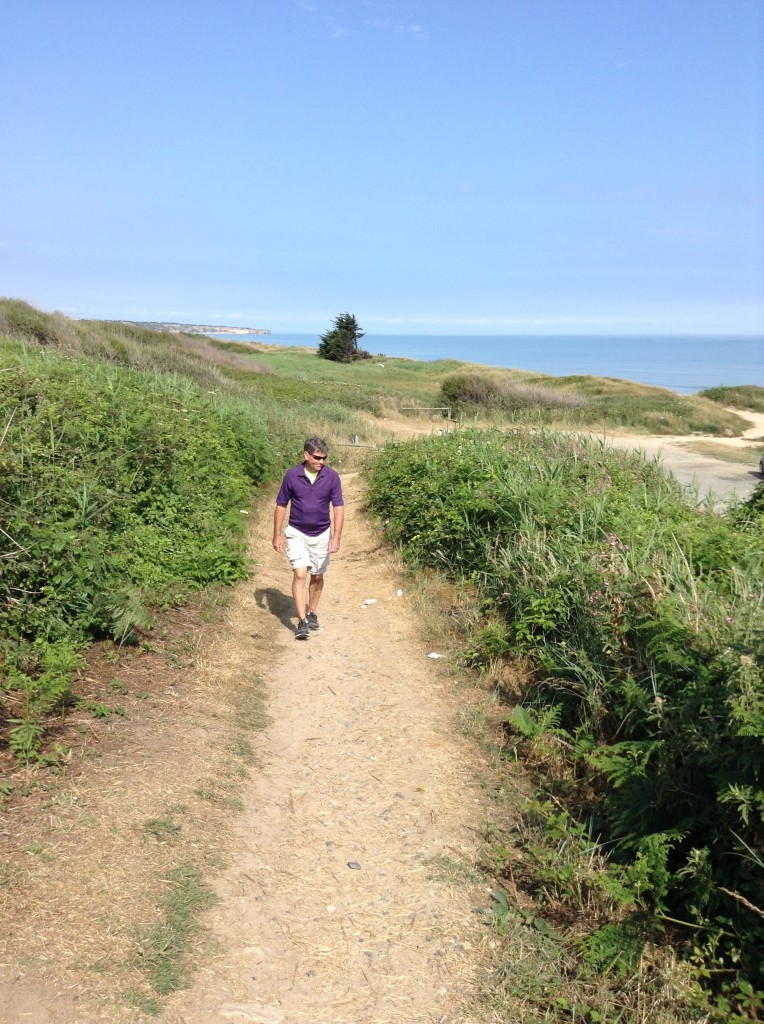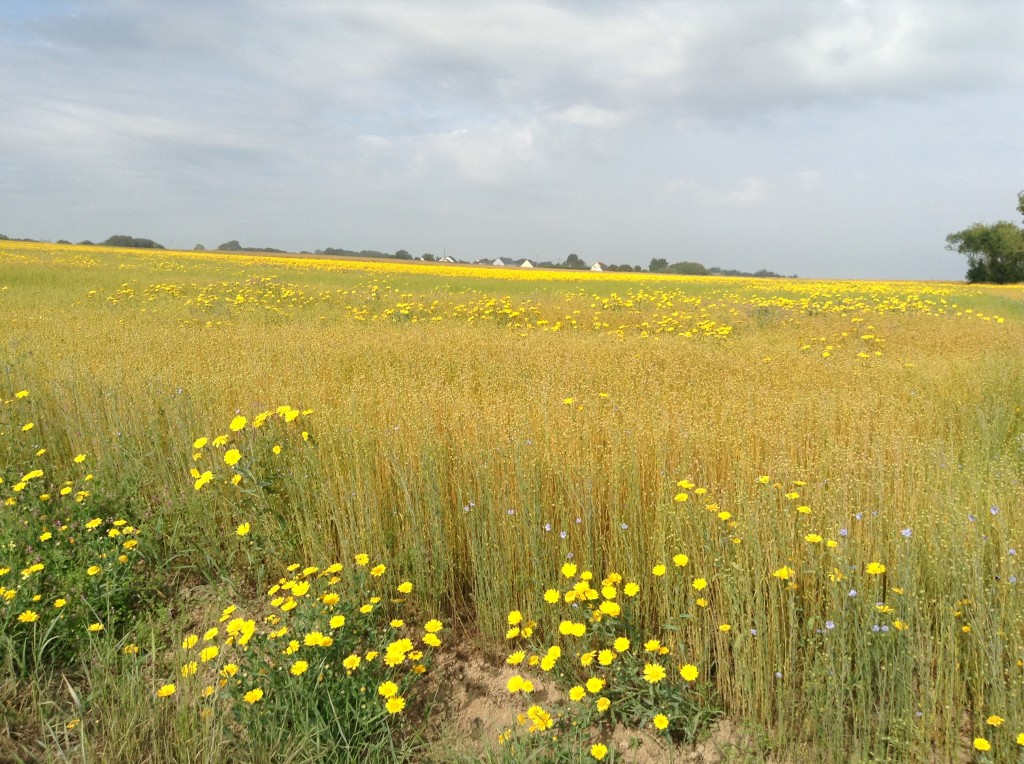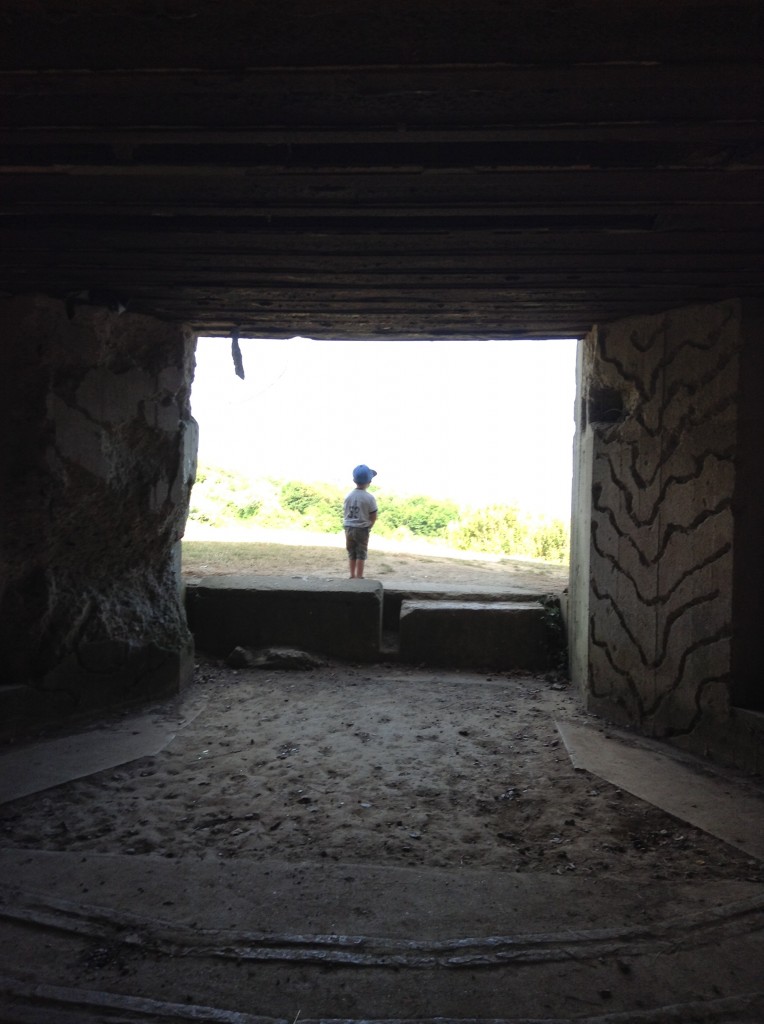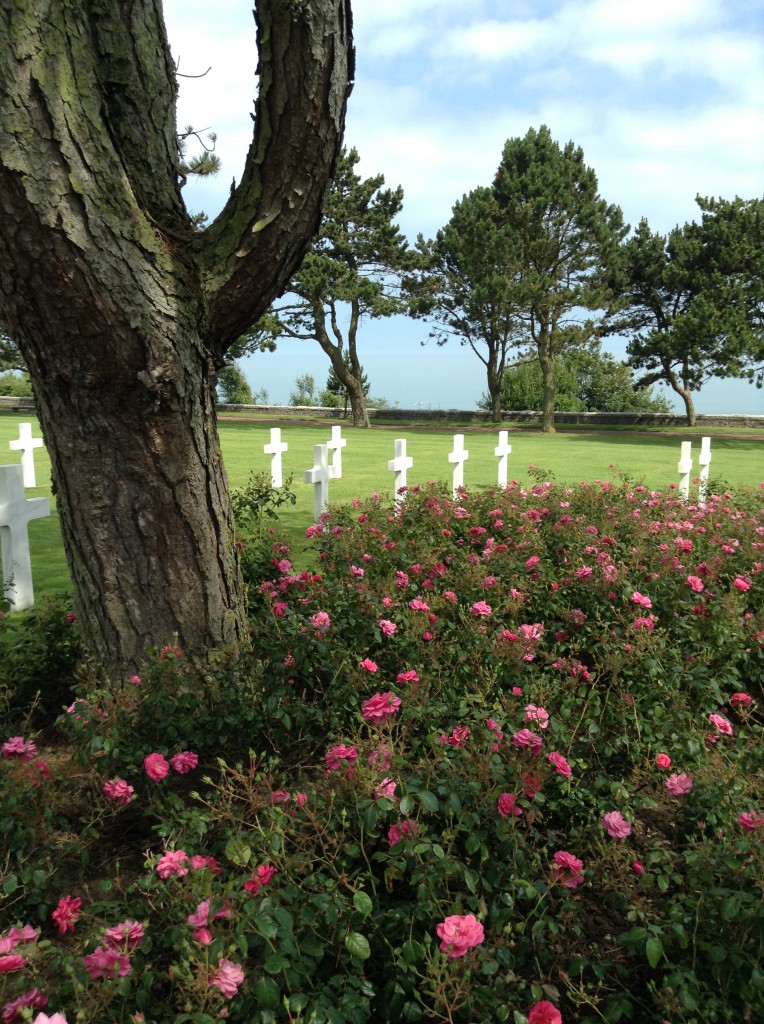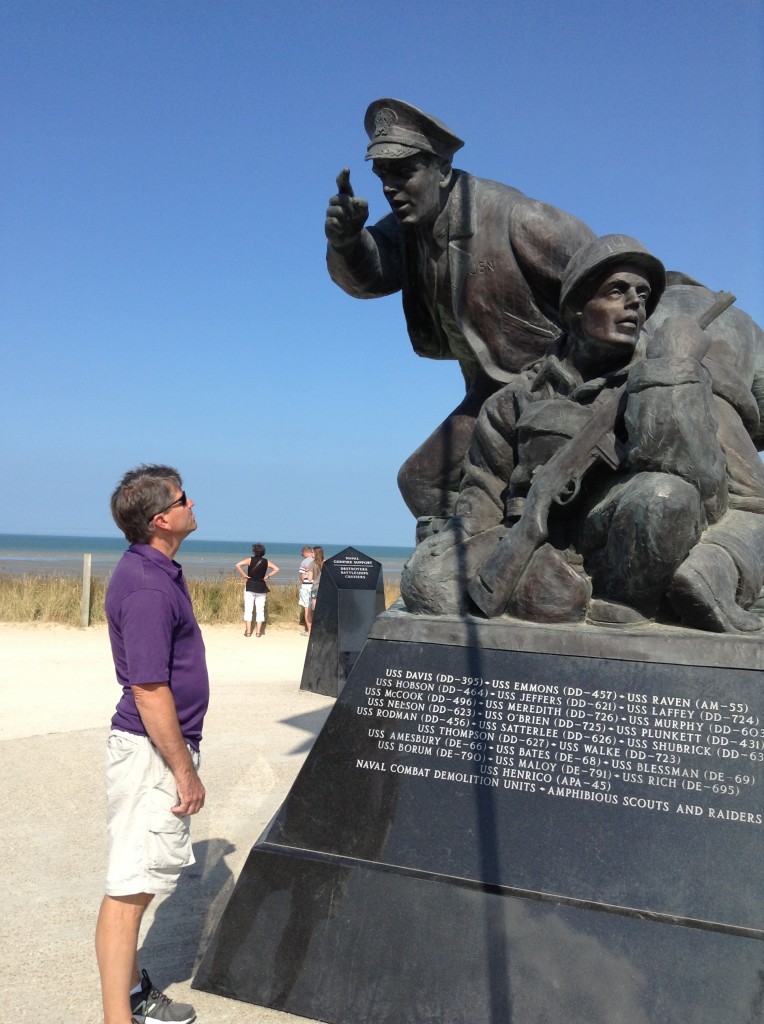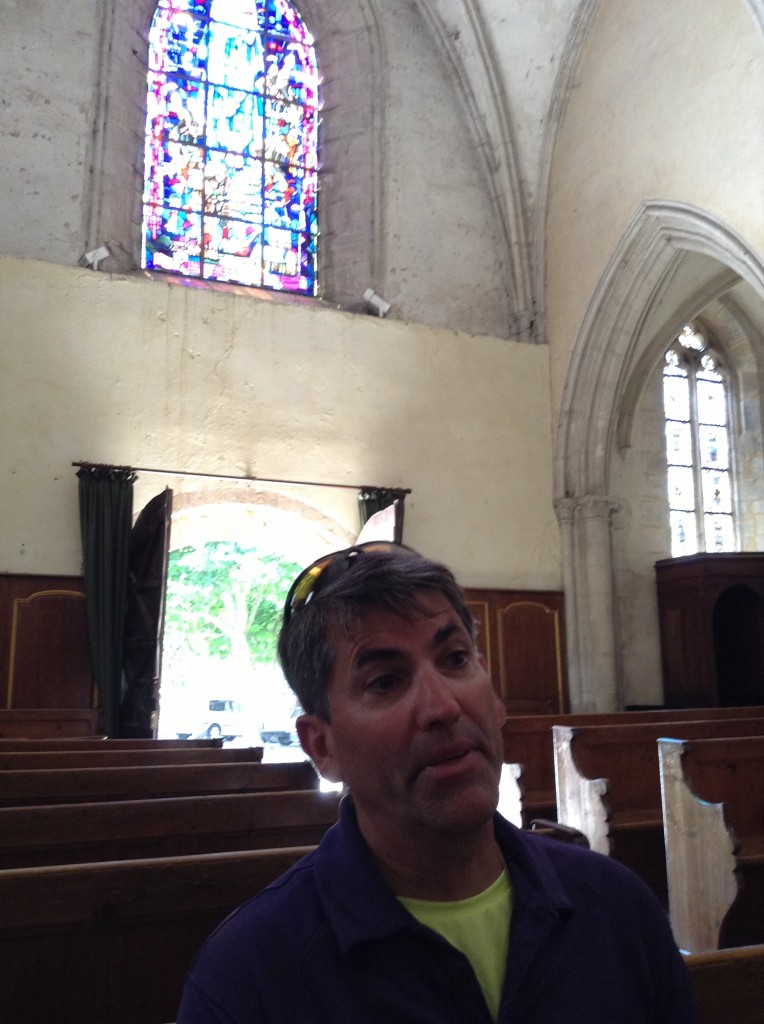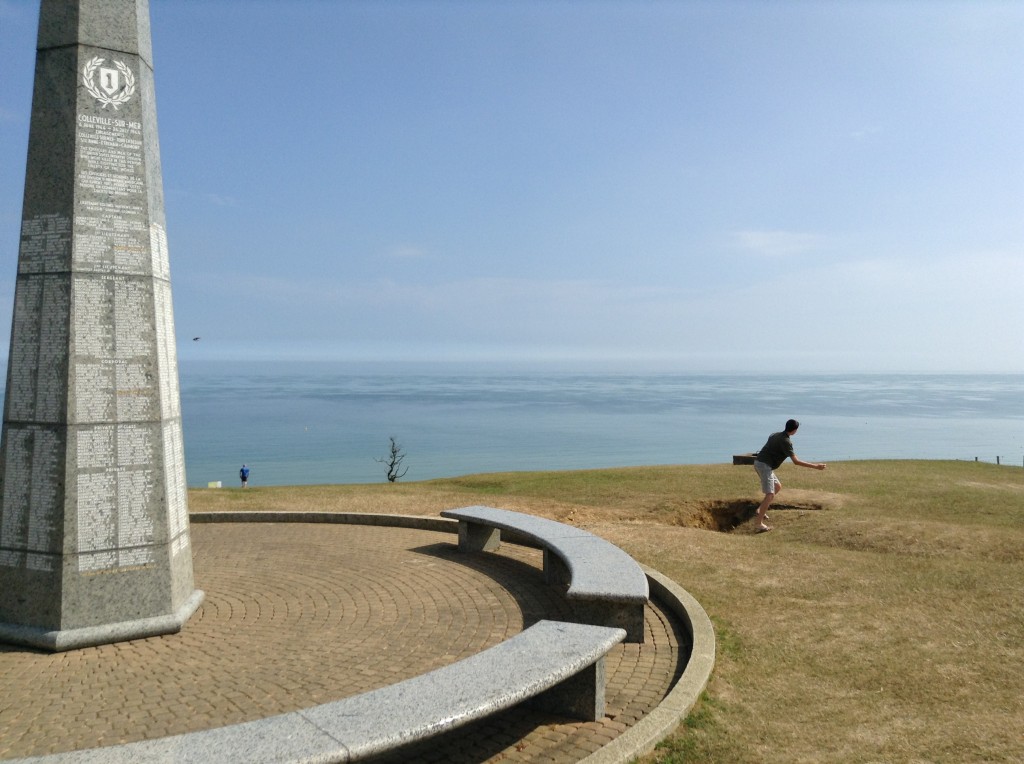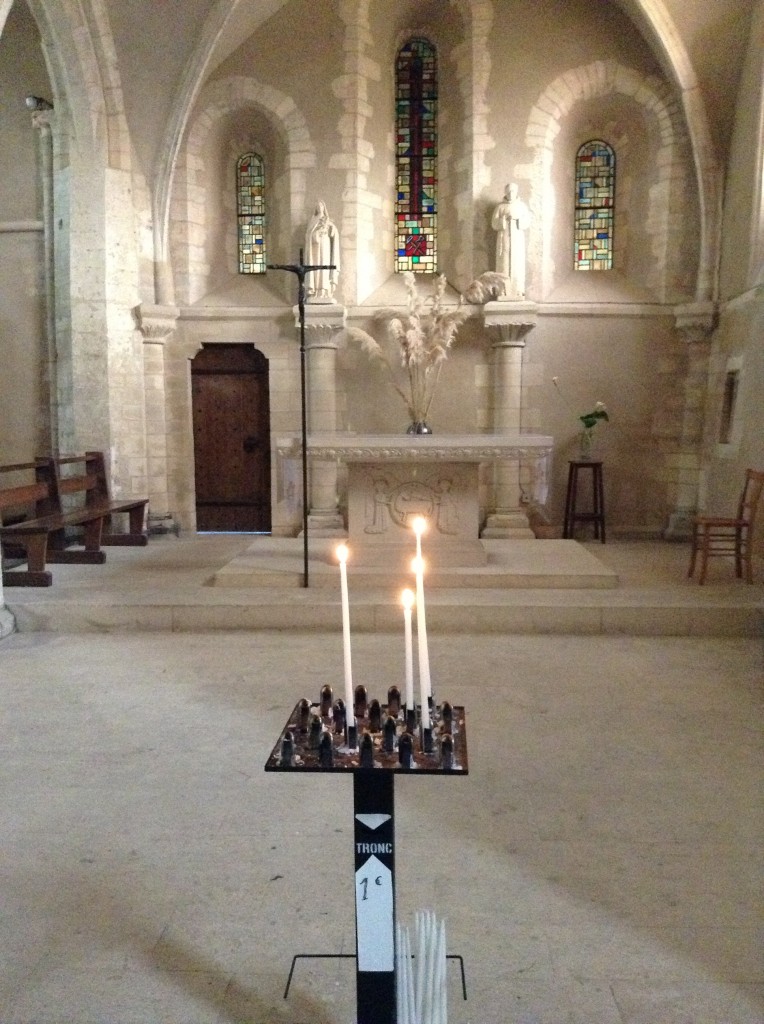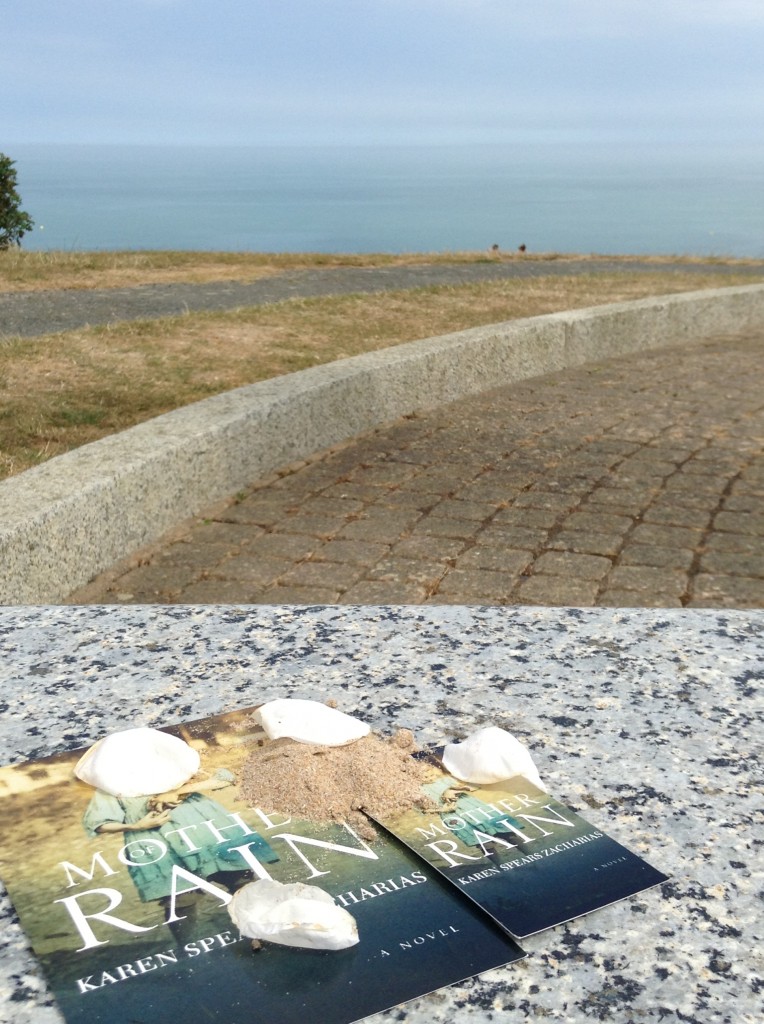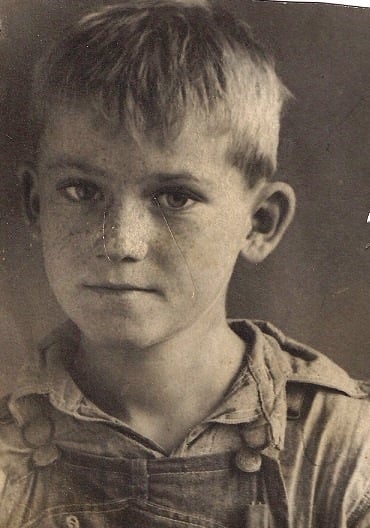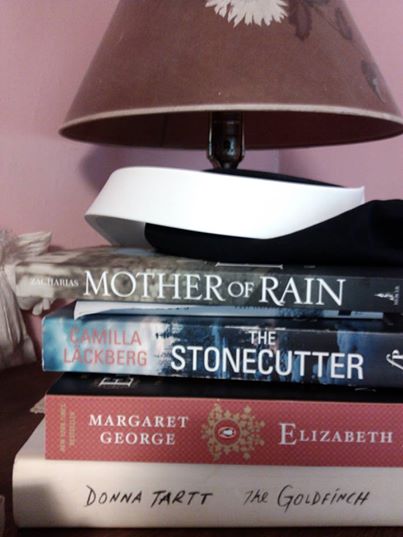It’s a funny business, this creative process. Sometimes I know exactly where a notion to write something comes from, and other times it seems to spring up from something beyond.
Consider Zebulon for instance. He’s one of the main characters in my forthcoming novel, Mother of Rain.
I really didn’t have much to go by when I began writing Zeb. No photos. No maps. No idea really who Zeb was until he began speaking.
It’s not like I sat around reading the great history books of World War II after all. I’d pretty much had my fill of war as a kid. So I didn’t know about the 505th Parachute Infantry Regiment until Zeb told me about them.
Even though I had lived and worked in Fayetteville, North Carolina, I’d never heard about the 82nd Airborne’s feats in Ste Mere-Eglise, France. Or of how a young private, John Steele, got hung up on the church steeple for hours while German troops shot at him.
No. I haven’t seen The Longest Day (although I will now for sure), haven’t read the book. It saddened me to learn that Steele died of throat cancer in the Fayetteville VA Hospital just a few weeks before the 25th anniversary of the D-day Invasion. Next year marks the 70th anniversary of D-Day.
It was the fictional character Zeb who led me to Ste. Mere-Elgise, to Steele and his story. And to Cindy, the gal from Ohio whom I met at the museum’s gift shop. Her father served in World War II. He’s 91 and still to this day doesn’t speak of his war-time experiences with her.
It was Zeb I was thinking about as Tim and I hiked up the cliffs to the memorial at Omaha Beach.
It was Zeb I was thinking about as I looked out over the bluffs at Longues-sur-Mer,
I was thinking of Zeb when we drove past fields of gold and recalled the distant lyrics of Sting: You’ll remember me when the west wind moves upon the fields of barley.
It was Zeb I thought of when a mother called to her young son in her native Irish: “Liam, turn and face the sea, so mummy can take a picture.”
But all young Liam wanted to know was why men got shot on the beach.
A boy on the church square in Ste. Mere-Eglise prodded his daddy with questions. The father, also Irish, patiently answered his toddler son:
“Daddy, why is that man up there?” he asked, pointing to the dummy on the steeple.
“He isn’t real. That’s a token man, made to look real.”
“What happened to the real man?” the boy asked.
“He got stuck up on the steeple. Then the Germans came and took him to jail but after a while he escaped. Then he went off.”
“Oh,” said the boy, as if all that made perfect sense.
While at Utah beach, I thought of Zeb and his boy, Rain.
“But, remember,” Tim urged, “Zeb isn’t real. He’s a fictional character.”
“Perhaps to you,” I replied. “But to me Zeb is very real. As real to me as the names on the Omaha Memorial.”
“When writing a novel a writer should create living people, not characters.” – Ernest Hemingway
Is there a fictional character who seems real to you?

